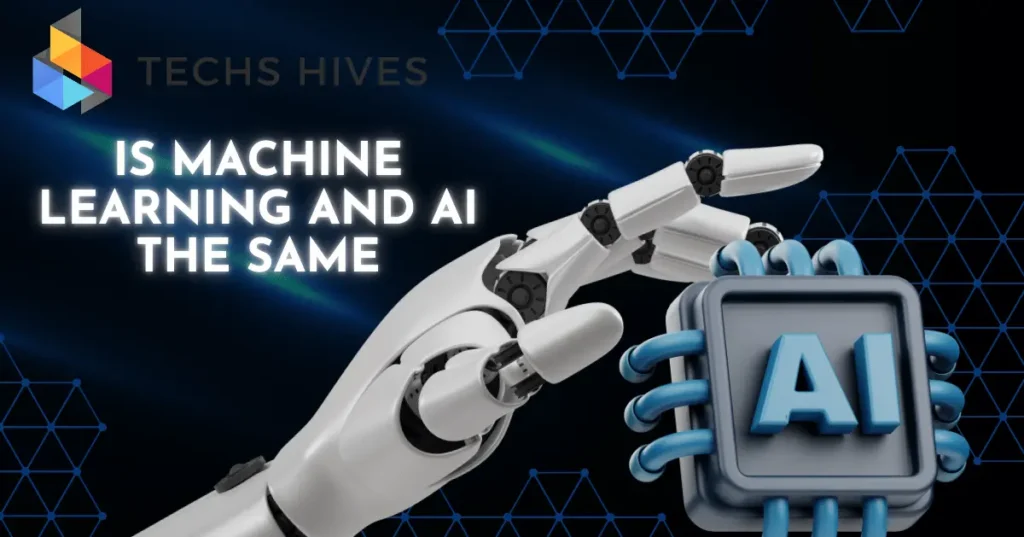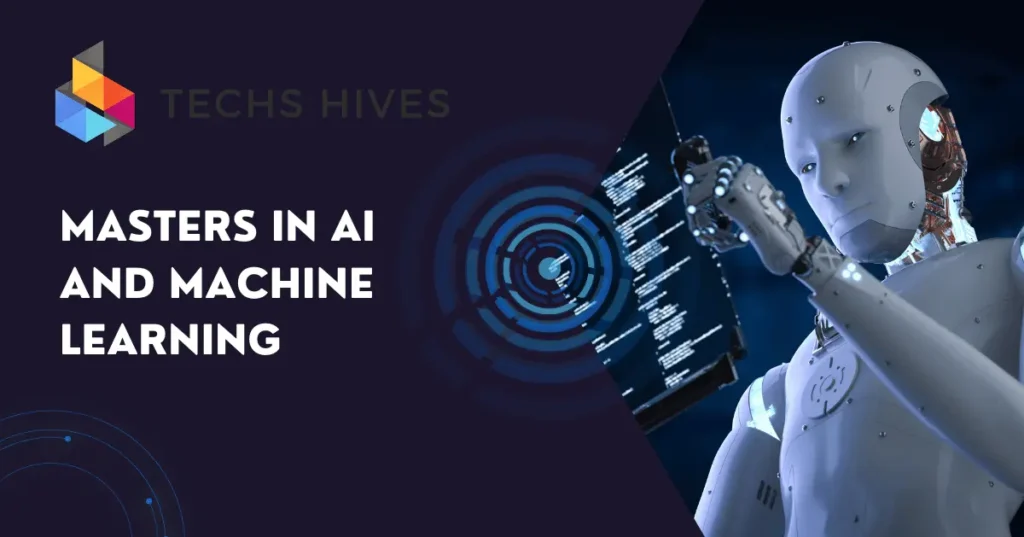An epoch in machine learning is one complete cycle through the entire training dataset. During an epoch, the model learns from all the available data. The training process involves adjusting the model’s parameters to reduce errors. Each epoch helps the model improve its understanding of the data.
The importance of epochs lies in their role in training models effectively. More epochs can lead to better accuracy, but too many can cause overfitting. Overfitting happens when the model learns noise instead of the actual patterns in the data. Finding the right number of epochs is crucial for balancing performance and generalization.
Table of Contents
How Epochs Work
Epochs work by guiding the training process of a machine learning model through several complete passes over the training dataset.
- Training Process: During each epoch, the model processes the entire dataset once. It makes predictions and compares them to the actual outcomes to calculate errors. This comparison helps the model learn.
- Parameter Updates: After calculating errors, the model adjusts its parameters to improve its predictions. This adjustment is typically done using an optimization algorithm, such as gradient descent, which helps minimize the error.
- Multiple Epochs: The training process consists of multiple epochs. Each time the model goes through the dataset, it gets better at recognizing patterns and making accurate predictions.
- Batch Processing: Sometimes, the dataset is divided into smaller groups called batches. The model processes these batches sequentially within each epoch. This method can speed up training and help manage memory usage.
- Monitoring Progress: As training progresses through multiple epochs, the model’s performance is monitored. Metrics like loss and accuracy are tracked to ensure the model is learning effectively. Adjustments can be made if the model shows signs of overfitting or underfitting.
Role of Epochs in Model Training
The role of epochs in model training is essential for developing accurate and reliable machine learning models.
- Learning Iterations: Each epoch represents one complete pass through the entire training dataset. This allows the model to learn from all available data and improve its predictions with each cycle.
- Parameter Adjustment: During each epoch, the model updates its parameters based on the errors it made in the previous pass. This adjustment is crucial for refining the model’s performance and minimizing the difference between predicted and actual outcomes.
- Performance Improvement: As the model goes through multiple epochs, it becomes better at recognizing patterns in the data. This improvement leads to increased accuracy and a deeper understanding of the underlying relationships in the dataset.
- Balancing Overfitting and Underfitting: The number of epochs must be carefully chosen to avoid overfitting (when the model learns noise rather than the underlying patterns) and underfitting (when the model fails to learn adequately). Monitoring performance metrics during training helps find the right balance.
- Training Progress Monitoring: Epochs allow for the assessment of the model’s training progress. By tracking metrics such as loss and accuracy over epochs, practitioners can identify when the model reaches optimal performance or when adjustments are needed.
Determining the Number of Epochs
Dataset Size
The size of your training dataset affects the number of epochs you need. Larger datasets generally require more epochs because they contain more examples for the model to learn from. If the dataset is small, fewer epochs may suffice, as the model can quickly learn the patterns without overfitting to noise.
Model Complexity
The complexity of your model plays a significant role in the number of epochs needed. Models with more layers or parameters, like deep neural networks, often require additional epochs to fine-tune weights. Simpler models, such as linear regression, may converge quickly and require fewer epochs to achieve optimal performance.
Learning Rate
The learning rate directly affects the speed of convergence. A high learning rate can cause the model to overshoot optimal parameter values, potentially requiring fewer epochs to reach a solution. In contrast, a low learning rate allows for more precise adjustments but can slow down training, resulting in the need for more epochs.
Monitoring Performance:
Regularly tracking training and validation metrics is crucial to understanding the model’s learning process. If the validation loss begins to increase while the training loss decreases, this may indicate overfitting, suggesting that you should reduce the number of epochs or implement regularization techniques.
Cross-Validation
Implementing cross-validation helps assess how well the model generalizes to unseen data. By splitting the dataset into training and validation subsets multiple times, you can obtain a clearer picture of how many epochs yield the best performance without overfitting.
Empirical Testing
Finding the optimal number of epochs often requires experimentation. Start with a recommended baseline, such as 10 to 50 epochs, and evaluate performance. Based on these results, adjust the number of epochs up or down, allowing the model to learn effectively while avoiding overfitting.
Common Challenges and Solutions
Insufficient Epochs
- Challenge: When the number of epochs is too low, the model may not learn the underlying patterns in the data, leading to underfitting. This results in poor performance on both training and validation datasets.
- Solution: Start with a reasonable baseline for epochs, such as 10-50, and monitor performance metrics. If the model shows signs of underfitting, gradually increase the number of epochs while observing validation metrics.
Excessive Epochs
- Challenge: Conversely, using too many epochs can lead to overfitting. The model may memorize the training data, resulting in poor generalization to new data. This is evident when training accuracy continues to improve while validation accuracy stagnates or declines.
- Solution: Implement early stopping based on validation loss. This technique stops training once the validation loss stops improving for a set number of epochs, preventing overfitting while allowing sufficient training time.
Imbalanced Training
- Challenge: Sometimes, training data may be imbalanced, causing the model to focus on the dominant class and ignore minority classes. This can lead to biased predictions.
- Solution: Use techniques like data augmentation, resampling, or synthetic data generation to balance the training dataset. Also, consider using class weights in the loss function to give more importance to minority classes during training.
Variable Training Times
- Challenge: The training process can vary significantly depending on the number of epochs, leading to long training times and inefficient resource usage.
- Solution: Use a validation set to assess model performance after a set number of epochs and employ techniques such as batch training and distributed training to speed up the process. This can help manage resource usage more effectively.
Monitoring Complexity
- Challenge: Keeping track of multiple metrics (like accuracy, loss, and validation loss) during training can be overwhelming. It’s easy to miss critical insights if metrics are not monitored effectively.
- Solution: Utilize visualization tools such as TensorBoard or Matplotlib to plot training and validation metrics over epochs. Visual representations can help quickly identify trends and issues in model performance.
Lack of Clear Guidelines
- Challenges: New practitioners may struggle with determining the appropriate number of epochs due to a lack of clear guidelines or best practices.
- Solution: Consult existing literature, case studies, and community forums for insights into typical epoch counts for similar tasks. Additionally, starting with well-established frameworks or libraries can provide predefined settings that are effective for various problems.
8 Tools and Libraries for Managing Epochs
TensorFlow
TensorFlow is a powerful library for building and training machine learning models. It provides built-in functionalities for managing epochs, such as the fit() method in Keras, which allows you to specify the number of epochs, batch size, and callbacks for monitoring performance during training. TensorBoard integration also helps visualize training progress over epochs.
PyTorch
PyTorch is another popular deep learning framework that offers flexibility in managing epochs. Users can manually loop through epochs and batches, giving full control over the training process. PyTorch’s torch.utils.data.DataLoader simplifies batching, and it supports various strategies for early stopping and learning rate adjustments through custom implementations.
Keras
As a high-level API built on top of TensorFlow, Keras simplifies the training process, including epoch management. The Model.fit() function allows for easy specification of epochs and includes features for callbacks like EarlyStopping, which halts training when performance stops improving.
Scikit-learn
While primarily focused on traditional machine learning, Scikit-learn provides tools for model evaluation that can help determine the optimal number of epochs indirectly. Techniques such as cross-validation can help assess model performance across different training iterations, guiding the selection of epochs.
Weights & Biases (W&B)
This tool provides extensive logging and visualization features for tracking experiments, including metrics over epochs. By integrating W&B into your training process, you can monitor how model performance evolves over epochs, making it easier to identify when to stop training or adjust hyperparameters.
Fastai
Built on top of PyTorch, fastai is designed to make deep learning more accessible. It includes built-in callbacks for managing epochs, such as EarlyStopping and ReduceLROnPlateau, allowing for efficient handling of training epochs while automatically adjusting the learning rate based on performance.
Optuna
Optuna is an optimization framework that helps tune hyperparameters, including the number of epochs. By setting up an optimization study, you can explore various epoch values alongside other hyperparameters to find the optimal configuration for your model.
Matplotlib and Seaborn
While not specific to epoch management, these visualization libraries can be used to plot training and validation metrics over epochs. This visualization helps identify trends, convergence patterns, and overfitting, facilitating better decision-making regarding epoch count.
Conclusion
An epoch is a critical concept in machine learning that represents one complete pass through the training dataset. Each epoch allows the model to learn from the data by adjusting its parameters based on the errors it makes. The number of epochs influences how well the model performs, making it essential to find the right balance between too few and too many epochs.
Finding this balance involves considering factors like dataset size, model complexity, and learning rate. Monitoring performance metrics during training helps identify when the model is learning effectively. By using tools and techniques such as early stopping and cross-validation, you can ensure your model trains optimally.



